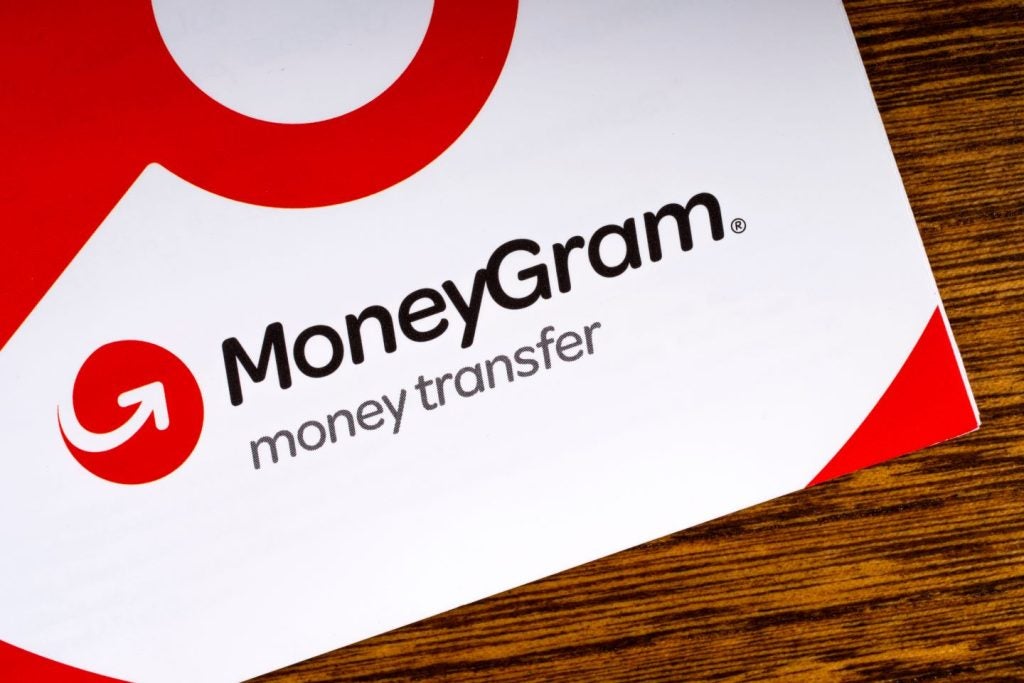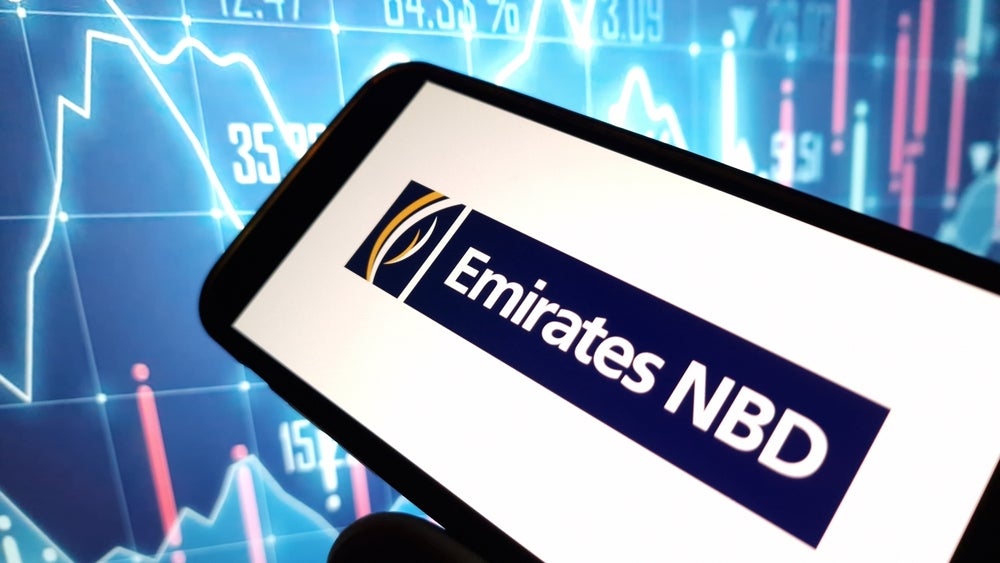The Danish cards and payments industry is very well developed. Its consumers are prolific users of payment cards, and the government has set a target to make the country a completely cashless society by as early as 2030. With contactless payments also emerging quickly, Denmark has become a critical pathfinder for payments
Denmark had the highest frequency of use (transactions per card per year) in the world in 2016, with 180.8 transactions per card.
Consumer preference for electronic payments and government plans to advance as a cashless society supported growth in payment cards. Overall, payment cards posted a review period (2012–2016) CAGR of 10.73% in terms of transaction volume – a trend that is anticipated to continue over the forecast period (2017–2021).

The banking sector is saturated, and covers the entire working-age population. The percentage of the Danish population aged 15 or above with a bank account is 100%, according to the World Bank Global Findex survey. High banking penetration drives demand for banking products such as debit cards.
Moving towards a cashless society
Cash accounted for 26% of the overall payment transaction volume in 2016 – down from 33.9% in 2012. In comparison, in the UK cash accounted for 41% of the overall payment transaction volume in 2016.
In May 2015 the Danish government proposed a regulation to allow restaurants, apparel stores and gas stations to refuse cash payments. The regulation is yet to be passed in the Danish parliament, but the government has set a deadline to make Denmark a completely cashless society by 2030.
Dankort maintains its dominance
Dankort is the national debit card scheme, and dominated the debit cards market with 79.1% of the total transaction value in 2016.
Dankort operates a zero-interchange-fee model, and has led the market since its launch in 1983. MasterCard and Visa are also strengthening their presence, with respective shares of 16.5% and 4.4% of the total debit card transaction value in 2016.
According to the Danish Payment Council’s 2014 New Payment Solutions report, Dankort was the most popular mode of payment for retail purchases, and the most frequently used payment system for online shopping, with three-quarters of Danish consumers using it for their most recent online purchase.
Banks offer VisaDankort, a co-badged card which can be used as a Dankort card in Denmark, and an international Visa card outside the country.

Rise in e-commerce to support growth
E-commerce posted a review period CAGR of 12.40%, to reach $15.1bn (DKK101.4bn) in 2016. According to PostNord’s 2016 E-Commerce in the Nordics report, around 88% of the population purchase goods online at least once a year.
Conventional payments, including cards and credit transfers, remain the preferred method, accounting for 89.3% of the e-commerce transaction value in 2016. Digital and mobile wallets, and carrier billing are emerging, and collectively accounted for 6.9% of the total e-commerce transaction value in 2016, up from 2.6% in 2012.
Gradual adoption of contactless
Contactless payments are still developing in Denmark. The number of contactless cards grew significantly during 2015–2016 from 700,000 to 2.5 million, and is expected to reach 11.5m by the end of 2021. To capitalise on rising consumer preference, Danske Bank and Jyske Bank began offering contactless Dankort cards from August 2015.
Contactless mobile payments are also expected to gain prominence. Nets entered into an agreement with JCB in April 2016, allowing merchants to accept Dankort debit card payments by smartphone using J/Speedy, JCB’s contactless technology, which can be used to make contactless payments of up to $29.80.







